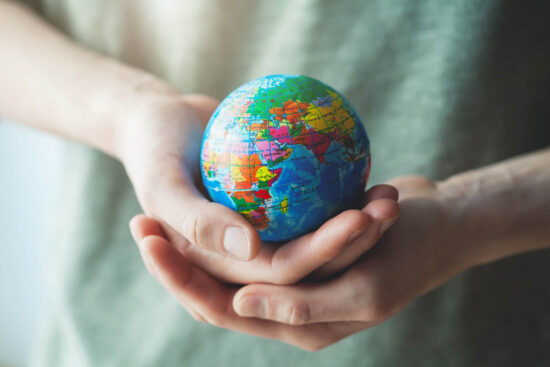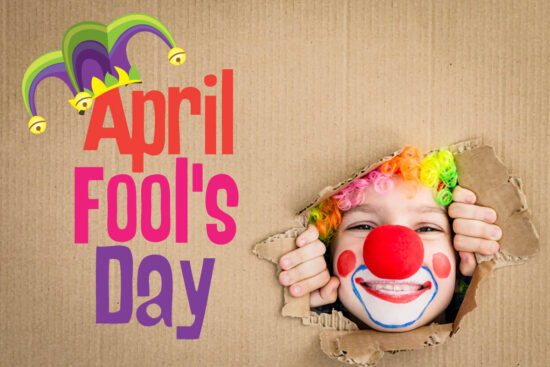Calaveras and marigolds: Iconic imagery of Dia de los Muertos
Unlock the rich tapestry of Day of the Dead symbols from Calaveras and marigolds to foods and altars. Learn their meanings.

- Day of the Dead symbols.
- Learn more about Dia de los Muertos.
- It’s celebrated the day after Halloween.
Dia de los Muertos is no ordinary celebration; it’s a vivid tapestry that weaves together color, tradition and emotion.
Through various symbols like calaveras, marigolds and unique foods, the holiday honors those who have passed away.
Learn more about these captivating symbols.
Let’s uncover what makes Dia de los Muertos so emotionally and culturally intricate.
The mesmerizing world of calaveras

When you think of Dia de los Muertos, ornate skulls known as calaveras often come to mind.
These are not just decorative — they’re profound symbols imbued with history and meaning.
Handcrafted with care, these sugar skulls are frequently adorned with bright colors to capture the essence of the departed.
Parades and altars come alive with these calaveras, as they add both visual appeal and emotional depth to the festivities.
Marigolds: Much more than just flowers

Vibrant marigolds, or Cempasúchil are also more than just Day of the Dead symbols, they serve a vital spiritual function.
Their brilliant orange petals and intoxicating scent are thought to guide the spirits back to our world.
Creating pathways of petals from the street to the family altar, these flowers invite the departed into the living world again.
The scent alone evokes a sense of presence, making the experience emotionally resonant.
Day of the Dead symbols: Food

Beyond the eye-catching symbols, food has a central role in Dia de los Muertos.
Special dishes like Pan de Muerto — a type of sweet bread — and traditional meals such as tamales often adorn the altar.
These foods are not random choices; they are the departed loved ones’ favorite treats, carefully prepared to honor them.
The act of cooking and sharing elevates the ritual, making it a deeply personal affair.
Ofrendas: Where the spiritual meets the physical

Day of the Dead symbols include altars, or ofrendas, stand as elaborate multi-layered platforms hosting a medley of significant items.
Photos, keepsakes and candles intermingle, each carefully chosen to represent something meaningful.
Lit in the dusk, these altars become more than just collections of objects — they transform into sacred spaces where memories reside.
The process of building the altar itself becomes a healing and unifying family activity.
Papel Picado: Colorful décor

Papel picado, delicate paper banners with intricately cut-out designs, add a whimsical touch.
Typically fluttering above the crowd, these artworks are more than mere decorations.
They serve as reminders of life’s fragility and transient nature, as their delicate paper can tear easily.
As the wind carries them, they appear to dance in the sky, adding a layer of dynamic energy to the event.
Day of the Dead symbols: La Catrina

An imposing figure dressed in high society attire, La Catrina, symbolizes the universality of death.
Created by Mexican illustrator José Guadalupe Posada, this skeletal figure reminds us that death doesn’t discriminate.
She’s often represented in elaborate costumes, sometimes even holding a parasol.
The whimsy and social commentary she adds make her an indispensable part of the celebration.
The all-encompassing power of music and dance

Music plays a significant role in Day of the Dead symbols.
Bands serenade with traditional songs, while dancers clad in customary outfits captivate the crowds
The rhythms and tunes offer a complex emotional tapestry, giving space for both celebration and reflection.
Whether it’s the soulful cries of a Mariachi band or the foot-tapping beats of a modern song, music is a universal language that binds us all.
Day of the Dead symbols: Water and salt

Last but not least, simple elements like water and salt find their place on the altar.
A glass of water is often placed to quench the thirst of visiting spirits, symbolizing life’s most essential element.
Salt, meanwhile, serves as a purifying force, emphasizing the soul’s eternal journey.
These basic yet meaningful elements remind us of life’s fundamentals even as we celebrate its complexities.
 Related post
Related post





